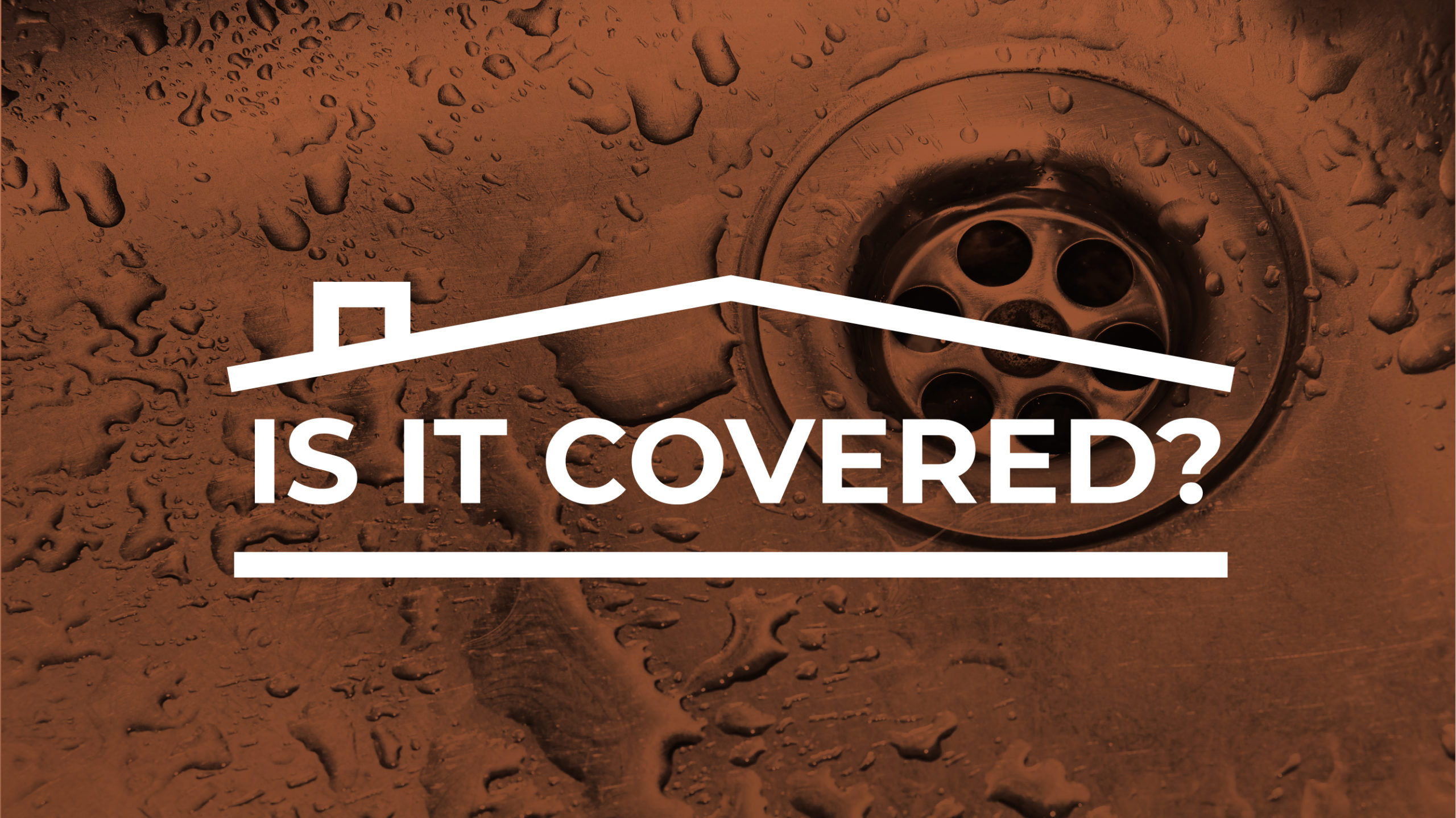Many property owners think they automatically have coverage for Sewer Backup at their investment property. However, most homeowners and business insurance policies do not cover Sewer Backup unless it is specifically added to the policy. As it may or may not be included, investors should review their specific policy to know if they have Sewer Backup coverage.
What are some common causes of Sewer Backup?
Blockages due to tree roots:
- Over time, tree and shrub roots can cause damage to sewer lines. A small crack can become a problem as roots seek water sources. Trees that are the source of the problem may be from the investors’ yards or under city jurisdiction. The city can take root samples to determine which tree is causing the issue and who is responsible for repairs.
Sanitary main blockages:
- Blockages can occur in city mains, and if not detected in time, sewage from the main can back up into homes and businesses through floor drains. If water is entering the basement rapidly, the investor should report the problem immediately to city public works so they can investigate.
Is Sewer Backup considered water damage or flooding, or is it a separate peril?
Sewer Backup is “water that backs up or overflows from a sewer, drain or sump.” So, what many call a “flooded basement” may or may not technically be “flooded” when it comes to insurance – it all depends upon how the water enters the dwelling. With that stated, investors should maintain drainage systems in the basement and regularly test sump pumps to avoid water damage from sewer backup. Though a sewer backup involves plumbing, it is a separate peril on its own, and limited coverage may or may not be available depending upon the insurer.
How does sewer backup differ from a flood?
A flood may occur in a couple of different ways:
- When water from a natural source, such as a river or lake, breaches the bank during heavy rains
- When the ground is over-saturated with water and causes the excess to seep through foundations or other vulnerable parts of the structure
One of the key components of a flood is rising water, which is different than water and other items that flow in from sewer drains. Flood coverage is never a part of the Basic, Broad, or Special coverage forms – it is set up as a stand-alone policy and can be purchased separately from an investor’s Property and Liability coverages.
Is there a way to add coverage for Sewer Backup, and does it cost extra?
Some carriers offer the ability to add Sewer Backup coverage for an additional cost. It is not always the cheapest coverage to add, so your investor client might want to consider a higher deductible for this peril to offset the additional premium. Most carriers can assign a separate deductible for this peril, similar to wind/hail, named windstorm, earthquake, and/or flood. Our REInsurePro Tenant Protector Plan (TPP) is a great way to buy back limited Sewer & Drain Backup coverage for occupied properties. You can read more about it here.
What does the technical lingo for this exclusion look like in the investor client’s policy?
Sample policy language may look like this:
“We will not pay for the loss or damage caused directly or indirectly by…Water:
- Flood, surface water, waves (including tidal wave and tsunami), tides, tidal water, overflow of any body of water, or spray from any of these, all whether or not driven by wind (including storm surge);
- Mudslide or mudflow;
- Water that backs up or overflows or is otherwise discharged from a sewer, drain, sump, sump pump, or related equipment;
- Water under the ground surface pressing on, or flowing or seeping through:
- Foundations, walls, floors, or paved surfaces;
- Basements, whether paved or not; or
- Doors, windows, or other openings; or
- Waterborne material carried or otherwise moved by any of the water referred to in Paragraph 1, 3 or 4, or material carried or otherwise moved by mudslide or mudflow.
This exclusion applies regardless of whether any of the above, in Paragraphs 1 through 5, is caused by an act of nature or is otherwise caused. An example of a situation to which this exclusion applies is the situation where a dam, levee, seawall, or other boundary or containment system falls in whole or in part, for any reason, to contain the water.”
*As insurance policies may vary, investors should check their own policy for language specific to covered properties.
What can Sewer Backup damage cost the investor client?
Sewer backup losses can vary from a few hundred dollars to tens of thousands depending upon the extent of breakage or tree root intrusion.
How can investors protect themselves?
First, investors should know what is in their policy: The investor should refer to the sections of the insurance policy that address Sewer Backup. It is important that your investor clients know what they are and are not covered for. If you or your investor client have questions, don’t hesitate to ask your sales manager, who would be happy to help!
Properly dispose of grease: Cooking oil should NEVER be poured down the drain. The buildup will likely lead to an eventual clog in the system. Oil should always be poured into a heat-resistant container and properly disposed of.
Properly dispose of paper products: Any type of paper product that is slow to biodegrade, such as paper towels, disposable diapers, and feminine products, should never be flushed down the toilet. These are also likely to cause clogs.
Use legal plumbing connections: Flood control systems such as French drains or sump pumps should not be connected. Not only is it illegal, debris and silt will clog the line. A licensed plumber will be able to correct any illegal connections.
Install a backwater prevention valve: This fixture prevents sewer backflows. It is installed into the sewer (and sometimes drain) lines in the basement of the property. These valves allow sewage to go out, but not come back in. A licensed plumber will be able to install one.
Sump Pumps: The sump should have a backup battery in case of a power outage. Excessive rain, downed trees, and other plant debris back up city drains, causing additional drainage issues. Keeping the sump running may save investors a lot of money in a more localized flash flooding event.
Investors should make sure their tenant understands that their personal property isn’t covered: Your investor clients will want to include a clause in the lease requiring tenants to carry renters insurance – and make sure to enforce it. Tenants should be aware that any insurance the investor carries on the property does not apply to the tenant’s personal belongings. Stress the importance of reporting any hazardous conditions on the property to the investor immediately. It may be beneficial for investors to include a section in the lease where the tenant acknowledges their understanding of these items. Another option is to purchase a product like our Tenant Protector Plan that does provide contents coverage for tenants.





